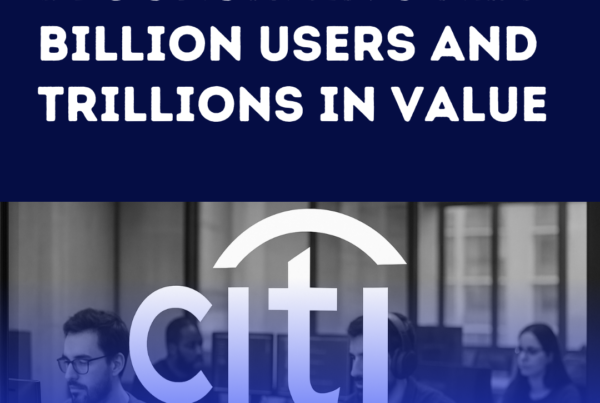
We have seen the statistics. Start-ups in the United States have declined from 12-13 percent of all firms to 7-8%. 31% more companies shut their doors each year than open them. Some find these statistics depressing, if not alarming. They shouldn’t.
With more than 30 million businesses in the U.S., 7-8% still represents more than 2,000,000 entrepreneurs getting started. They are not going away – if for no other reasons that:
- kids are not finding sufficient opportunities in the labor market after they graduate from college – making starting-up a business as much a function of necessity as ambition,
- the promise of being the next Uber or Facebook where Unicorn valuations were built as much on cornering the market on a clever idea than grinding it out in the R&D ad Cap Ex trenches that characterized growth companies in the pre-Internet, pre-Sharing Economy start-up environment,
- our legal system promotes entrepreneurialism with forgiving, if not favorable bankruptcy laws, and
- Congress is doing what it can to legislate a favorable start-up environment with the JOBS Act.
In fact, the challenge isn’t a decline in the number of start-ups. The challenge is in identifying the ones worth keeping around, and making sure that they have sufficient access to capital and resources to execute their business plans. After all, there is a finite amount of dry powder available to commit to high-risk, development stage businesses – best not to waste it.
Such is the mindset of risk capital. To match that mindset, entrepreneurs need to recognize that, as with the finite amount of capital available for deployment into the 2 million or so startups vying for that capital, it is best not to waste their opportunities in the pitch-cycle.
There are no guarantees in the process. But there are proven and effective strategies that entrepreneurs can execute which will maximize their chances:
- Have a plan. As obvious as it is, it is remarkable that so many entrepreneurs we talk to don’t have a comprehensive plan, which coherently articulates their business strategy with support of a financial model and related budget that is driven by reasonable assumptions.
- Be compelling. First impressions matter, so quality presentations and propaganda are critical…but so is the iterative process with interested and actionable investors. A balanced approach of preparation and enthusiasm will keep investors’ attention.
- Be defensible. Too many investors lose credibility before they start the pitch process by pulling indefensible valuations out of the air, and lose investors altogether by not having done the work up front necessary to defend their claims.
- Think like an investor – always de-risk.
The risk associated with an investment is almost always reflected in the discount rate in conventional discounted cash flow models. Factors that influence perceived and real investment risks include management depth and experience, product and service differentiation, intellectual property protection, sufficient operating capital, competitive landscape, sanity and clear-headedness of the management team, corporate governance and oversight, business traction, capital structure and execution.
Entrepreneurs that have not effectively and exhaustively addressed these (amongst others) contributing factors to risk management are dead in the water. Entrepreneurs that have, may just get beyond the initial pitch the important iterative process of due diligence, and at this points, the odds are still dramatically against you.
The numbers are well known. About 1,500 startups get funded each year by venture capitalists in the U.S. who sift through about 400 companies on average for every 1 company they choose to invest in. Another 50,000 startups get funds from angel investors. That is not a lot of deals that get funded – about 3% or so of the 2 million or so annual startups.
Sure, the promise of “crowdfunding” is intoxicating. The so-called democratization of venture investing. However, the landscape of self-starters entering the fray is reminiscent of the 1860’s gold rush when tens of thousands of prospective gold miners poured into western states trying to find their fortunes. As it turned out, there were a few amazing successes, but for the most part, better prepared, better capitalized and more experienced firms dominated. The same is likely to be true for crowdfunding.
Startups that lack experience will try to stake their claims to those elusive accredited investors, but too many, most, will fail before they get started due to lack of preparation. They will not have addressed the critical risk management factors discussed above. They will have a shovel when a stick of strategically placed dynamite is what they need. In other cases, it may be the opposite.
Here is the thing – whereas with a VC investment, depending on the round, a startup might receive $500K to $50M, angel investors might write checks for $50K to $500K, accredited investors participating into crowdfunding deals are typically more in the range of $10K to $50K. Startups typically need at least $500K (whether they understand that they need at least $500K or not is another subject and inexperienced entrepreneurs notoriously underestimate what they really need), and in the world of crowdfunding, that means the startup needs to compel at least 10 to 50 accredited investors that are willing to endure the verification process that applies to 506c offerings to put their own capital at risk.
And on a crowdfunding website, the startup is competing with several to hundreds of other companies that have also signed on to the curated process. Raising capital is a zero sum game. There are a finite amount of investors that participate in early stage deals. The odds are not in the startups’ favor.
The moral of this story is not to discourage entrepreneurs from starting up a business. Rather, it is set expectations with the emphasis on the truism that lack of preparation, failure to have a plan, be compelling, be defensible and think like an investor will almost certainly ensure failure at every level. On the other hand, regardless of whether your business has appeal to the VC and angel community, or whether it is going the route of the curated general solicitation websites, preparation will serve you well.



